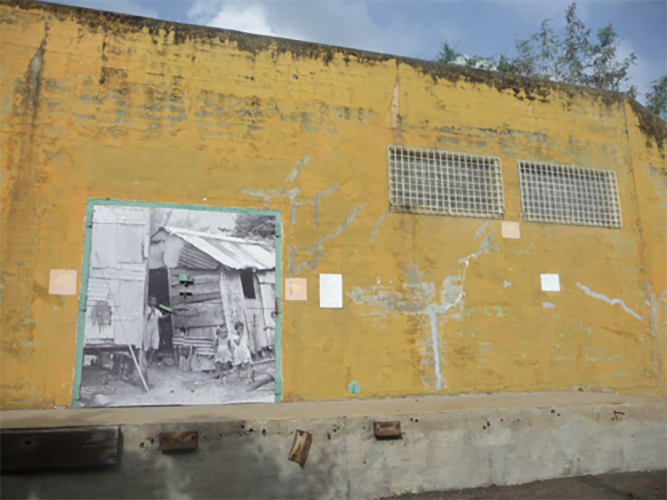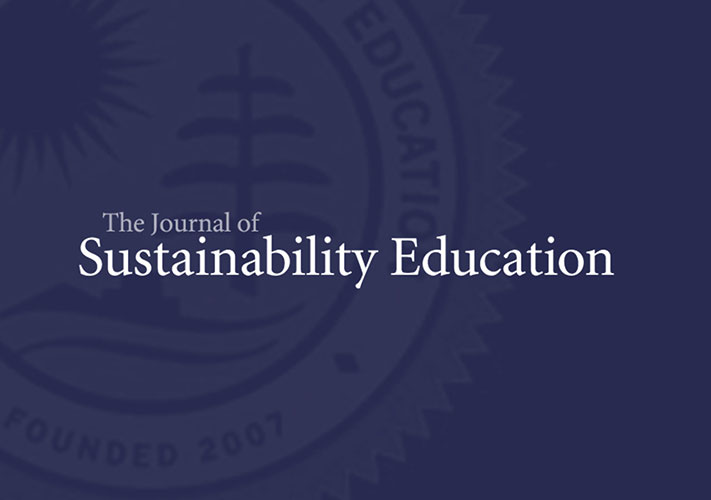Overview
In The Riddle of the Apostle Islands, Cronon (2003) asks a poignant question: “How do you manage a wilderness full of human stories?” He showcases Wisconsin’s National Lakeshore to demonstrate environmentalists’ tendencies to erase human impacts—whether through abuses or love—from the places we want to reclaim as wild. Furthermore, Cronon (1998) writes that the American tradition of idealizing wild places makes us less likely to value the natural world closer to home, where the everyday activities of our lives take place.
The repercussions of wilderness idealization have had far-reaching effects on conservation policies around the world, often to the exclusion of Indigenous communities living within fragile or valued ecosystems (Guha, 1998). According to Cronon (1998, 2003), when we overlook human impacts on the land, not only do we ignore social-ecological interdependencies, but we also perpetuate a myth that nature is healthy and valuable only when unmarred by people. Light (2010) says that environmentalism faced a disorienting dilemma as a result of the wilderness debate, one result of which is a new appreciation of place “not simply . . . as mere location, but a more psychologically-robust and even morally-loaded conception of location, imbued with a storied relationship between people and the things around them” (p. 143).









